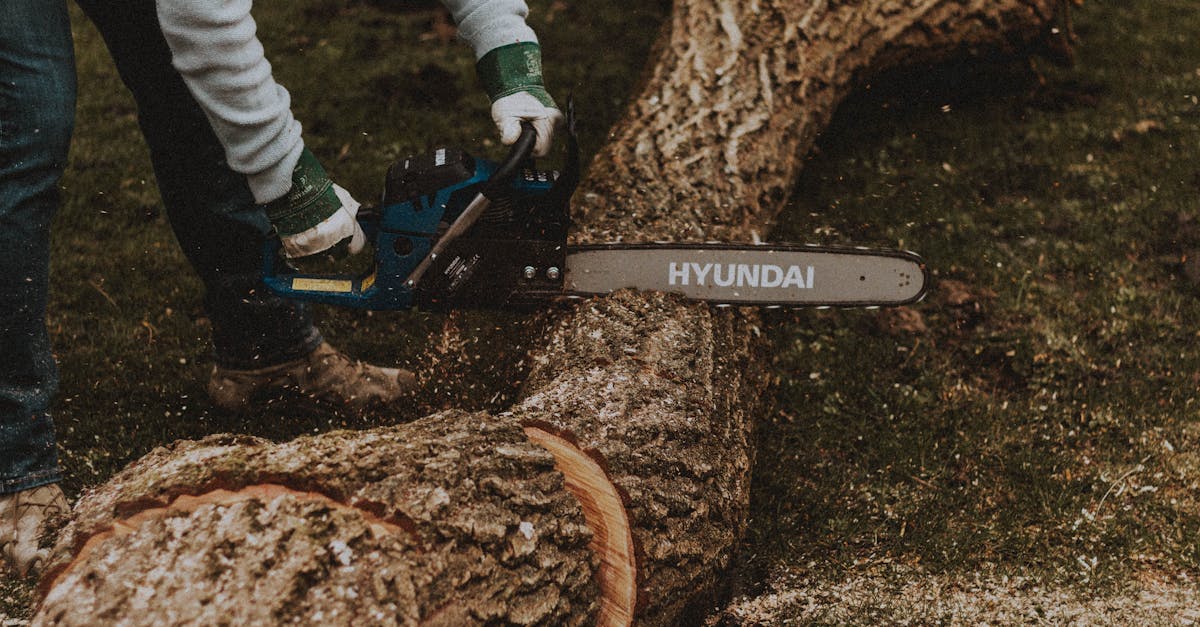Outdoor Landscaping

Outdoor Creating a beautiful outdoor space requires careful planning and maintenance. One of the essential aspects of achieving a lush and vibrant garden is Shrub and hedge maintenance. This practice involves not only the upkeep of existing plants but also the thoughtful selection and arrangement of shrubs and hedges to enhance the overall design of the landscape. By incorporating proper techniques for pruning, watering, and fertilizing, homeowners can ensure that their outdoor areas remain visually appealing and healthy throughout the seasons.
Moreover, effective shrub and hedge maintenance can significantly impact the functionality of your yard. Well-maintained shrubs can provide privacy, define boundaries, and create natural barriers in outdoor landscaping. In terms of aesthetics, the right combination of shrubs and hedges can elevate the look of any garden design, adding layers, colors, and textures. With a focus on shrub and hedge maintenance, enthusiasts can transform their yards into inviting spaces that reflect their personal style while promoting ecological balance.
Integrating Stonework in Your Garden Design
Integrating hardscaping in your landscaping brings stability and functionality. Components like stones or flagstone can form pathways, patios, and retaining walls that improve the overall look of your yard. This design allows for better drainage and minimizes soil erosion, which is essential for maintaining healthy plants and a vibrant garden.
In addition, hardscaping can function as a backdrop for plants, creating the stunning contrast that showcases both the durable and soft elements of your design. Integrating features like fire pits can create inviting areas for relaxation and entertainment. Through careful planning and thoughtful design, hardscaping can change your outdoor space into a beautiful and functional environment that fulfills your needs and preferences.
Tips for Incorporating Stonework Components Which Enhance Your Yard
Adding stonework components into your yard can significantly improve the overall look and feel of your outdoor space. Consider using stones that harmonize with the natural surroundings. Such as, opting for neutral colors for patios can create a cohesive vision. In addition, including features like raised beds can help define spaces while providing functionality.
As you designing your outdoor area, consider how stonework will work with pre-existing plants and trees. Use various textures to create visual interest; polished surfaces can contrast beautifully with natural stone. Add elements like decorative gravel to create pathways that guide visitors through your landscape. By using careful selection, stonework will serve as a stunning backdrop for your plants while providing resilience to your outdoor environment.
Building Garden Areas
Building outdoor environments may alter a space into an welcoming retreat. Including components such as patios, lush gardens, and comfortable seating areas elevates the overall aesthetic. Opting for the right plants, flowers, and shrubs adds vibrancy while offering intimacy from neighbors. Furthermore, making use of natural materials such as wood, stone, and gravel creates a harmonious look that blends with the surroundings.
In order to enhance the functionality of the outdoor space, take into account designing distinct zones for different activities. Incorporating features like fire pits, water elements, or outdoor kitchens may encourage social gatherings and relaxation. Thoughtfully placing paths and walkways leads visitors through the landscape while also improving accessibility. In the end, designing these outdoor environments not only adds beauty but also boosts the overall value of the property.
Ideas for Designing Comfortable Yard Environments
Creating functional outdoor living spaces may transform your home into a welcoming retreat. Kick off by assessing the available space and thinking about how you want to use it. Adding elements such as seating that complement the overall aesthetic of your outdoor area is crucial. Think about using a mix of plants, textures, and colors to cultivate a harmonious atmosphere.
Lighting is another key aspect to enhance your outdoor living spaces. Strategically placed fixtures can create a welcoming ambiance for evening gatherings. Utilizing features like pathway lights or string lights can also enhance safety but also provide personality to the space. Remember to select durable materials that can withstand the outdoor conditions, ensuring your design remains practical for years to come.
Year-Round Garden Care Strategies
Tending to the yard during the various seasons is essential for attaining a vibrant area. In spring, prioritize sowing new plants and enriching the soil to encourage growth. In summer brings the need for consistent watering and trimming to ensure the garden looking its best. As autumn approaches, take into account getting ready the yard for winter by overseeding and clearing away debris.
All year long landscaping requires dedication to seasonal tasks that secure the health of your plants. In winter is the time for cutting back trees and covering sensitive flowers from harsh conditions. Regular maintenance throughout the year, such as edging the lawn and checking for pests, keeps a lush, inviting garden. Through following these year-round advice, you can build a stunning yard that flourishes in every season.
Key Tasks to Ensure Your Garden Healthy
Looking after your landscape demands an list of maintenance routines. Routine mowing of the grass is important to keep a neat appearance. Moreover, watering plants sufficiently helps encourage growth and health. Eliminating weeds is another key task to prevent competition for nutrients and resources.
Fertilizing your plants at intervals is also important to support their growth. Using mulch can help hold soil moisture and suppress weeds, creating a healthier garden. Cutting back shrubs and trees is necessary for enhancing new growth and maintaining shape. In conclusion, consistent inspections of your landscape can help identify any issues early on, keeping its beauty and health throughout the seasons.